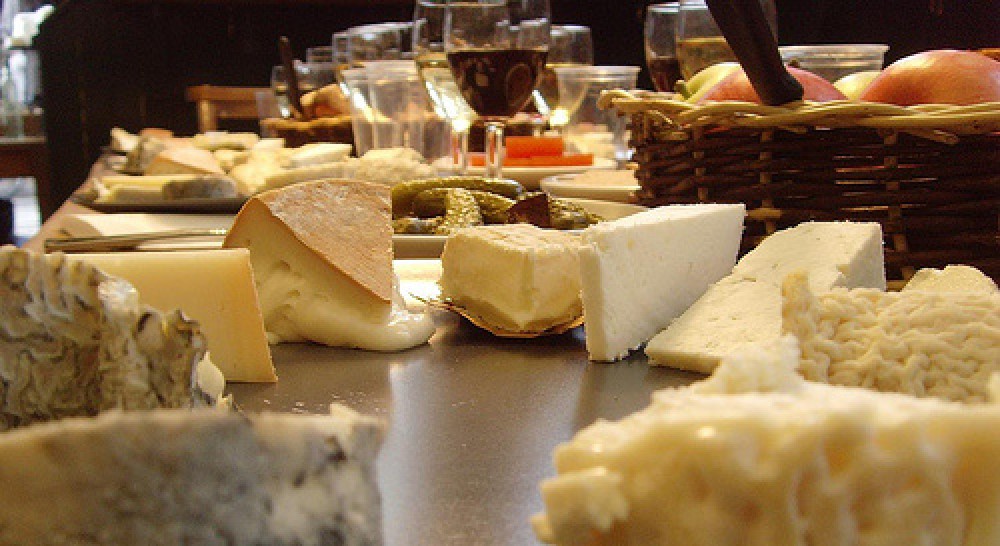CultureCulture
Buttermilk Blue
The Roth family cheesemaking venture began in 1863 in Uster, Switzerland, then a small town just outside Zurich. By the end of the century a decision was made to bring the family s knowledge and appreciation of European cheeses to America. By the early 1900 s, Otto Roth, son of the founder, had established a successful business that soon became one of the largest importers of European specialty cheeses in North America and that laid the foundation for what today forms Roth Käse USA.
In 1991, convinced there was a future for making great cheeses in America, Fermo Jaeckle, a former executive with Otto Roth & Co., joined with his cousins, Felix and Ulrich Roth, to further extend their European/Swiss roots and cheesemaking expertise into Green County, Wisconsin.
Known locally as Little Switzerland for its source of high quality milk, this area in the heart of Wisconsin is particularly well-suited for cheesemaking. It is here that Roth Käse USA was established, initially with a view towards making authentic Gruyère and other Alpine-style cheeses.
Agaist this backdrop, Buttermilk Blue is the result of a collaboration between Roth Käse, and a farmers dairy cooperative in Fond du Lac, Wisconsin.
Prior to 1993, when Roth Käse entered the picture, the farmers were selling their predominantly Jersey cow s milk to two Danish cheesemakers that ran a business from the co-op s cheese plant where they made blue cheese. However, the cheesemaking business ran aground and, in search of a new outlet for their milk, the co-op successfully approached Roth Käse to take over the cheese business, continuing the produciton of Blue cheese with the new name of Buttermilk Blue.
The interior paste of Buttermilk Blue is ivory-colored with blue-gray veins and pockets that stops short of the edge of the cheese. Aromas are pronounced, with notes of buttermilk and blue mold.
Flavors near the rind are fairly salty. The cheese has rich, creamlike flavors towards the center, cut through with a robust milk tang.
Pair with Miller Wine Works 2007 Syrah, Sage Canyon Vineyard




